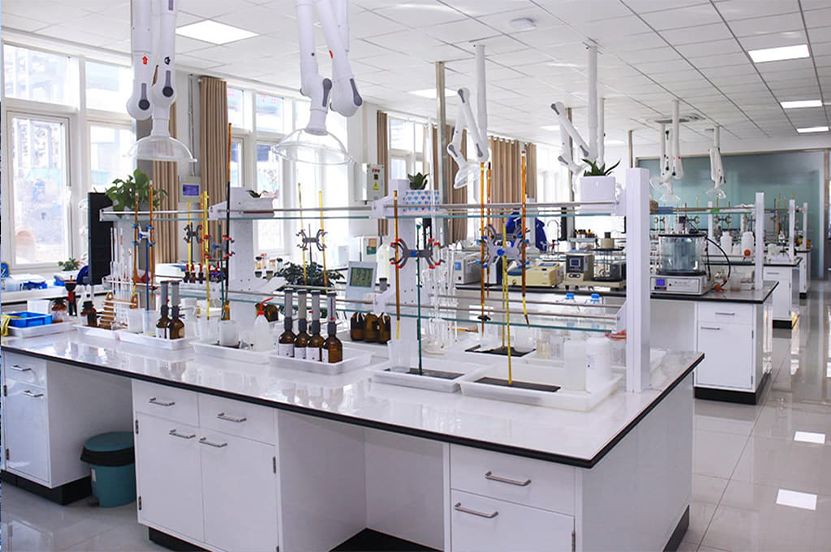Acetyl Chloride Industry: Robust Production, Research, Applications, and Market Outlook

In the ever-evolving chemical industry, acetyl chloride has emerged as a critical compound with a wide range
of applications, driving significant production, research, and market growth. With its versatile properties
and increasing demand across various sectors, the acetyl chloride industry is poised for a promising
future.
Acetyl chloride, a colorless liquid with a pungent odor, is primarily used in the synthesis of
pharmaceuticals, dyes, and agrochemicals. In recent years, the production of acetyl chloride has witnessed a
steady increase due to rising demand from end-use industries and the continuous development of new
applications.
Manufacturers in the acetyl chloride sector have invested in state-of-the-art production facilities and
process optimization to meet the growing demand efficiently. Advanced technologies and process improvements
have led to enhanced productivity, ensuring a consistent supply of high-quality acetyl chloride to the
market.
In parallel, the industry has also experienced a surge in research and development efforts. Companies and
academic institutions are actively exploring novel applications and optimizing production methods to enhance
the performance and efficiency of acetyl chloride-based products. This research focus aims to capitalize on
the compound's reactivity and versatility, opening doors to new markets and expanding its application
scope.
The applications of acetyl chloride span across diverse industries. In the pharmaceutical sector, acetyl
chloride serves as a key intermediate in the synthesis of various drugs and active pharmaceutical
ingredients (APIs). Its reactivity enables the production of acetyl derivatives, which are crucial building
blocks in pharmaceutical synthesis. Furthermore, acetyl chloride finds application in the production of dyes
and pigments, agrochemicals, and other specialty chemicals.
The market outlook for acetyl chloride remains optimistic. Increasing demand from end-use sectors, such as
pharmaceuticals, agrochemicals, and chemical intermediates, drives market growth. Additionally, the
compound's potential for use in new applications, coupled with the focus on sustainable and eco-friendly
solutions, presents new market opportunities for acetyl chloride manufacturers.
Geographically, the market for acetyl chloride demonstrates a global presence. Regions such as North
America, Europe, and Asia-Pacific are the primary consumers and producers of acetyl chloride. These regions
boast well-established chemical industries, research institutions, and a robust customer base, further
fueling the demand for acetyl chloride.
It is worth noting that market dynamics, including raw material availability, regulatory frameworks, and
geopolitical factors, can impact the acetyl chloride industry. Manufacturers and stakeholders in the market
are closely monitoring these factors to adapt their strategies and ensure continued growth.
As the acetyl chloride industry continues to evolve, collaborations and partnerships between manufacturers,
research institutions, and end-users are gaining prominence. These collaborations aim to foster innovation,
streamline production processes, and enhance the development of new applications. Furthermore, industry
players are actively embracing sustainability initiatives, striving to minimize the environmental impact of
acetyl chloride production and usage.
In conclusion, the acetyl chloride industry is witnessing robust production, research, and market growth due
to its versatile applications across various sectors. With ongoing advancements in production techniques,
increasing research focus, and expanding market opportunities, the industry is poised for a prosperous
future. Manufacturers and stakeholders in the acetyl chloride sector are keenly driving innovation and
sustainability to cater to the evolving needs of diverse industries and contribute to the advancement of the
chemical industry as a whole.



